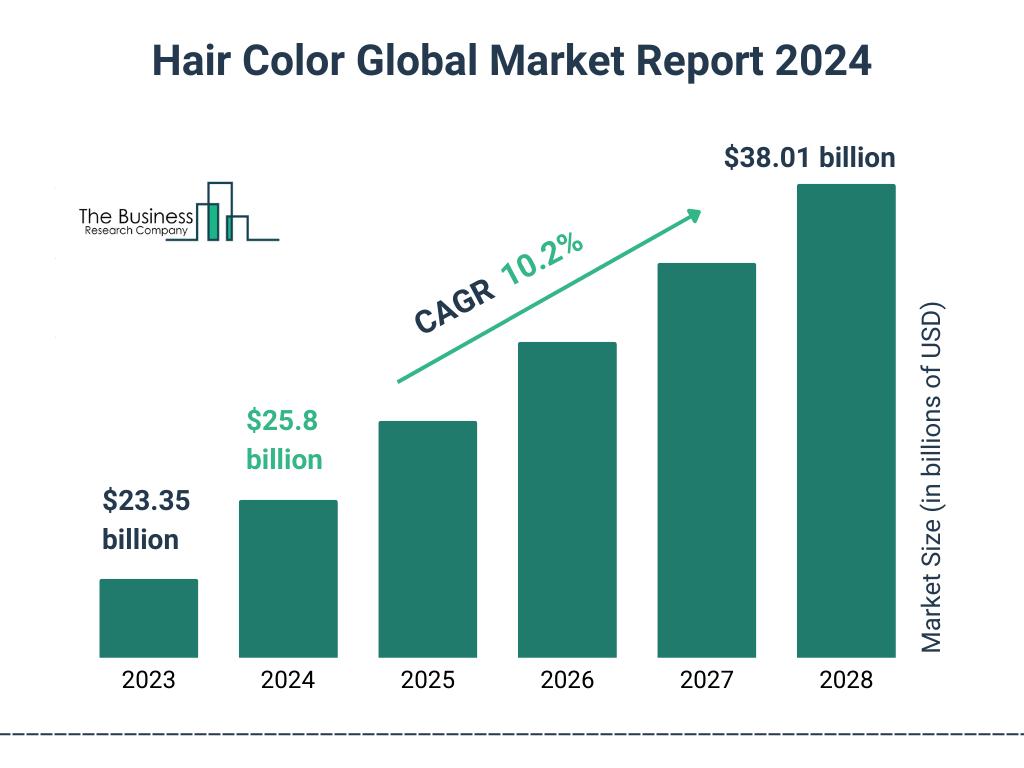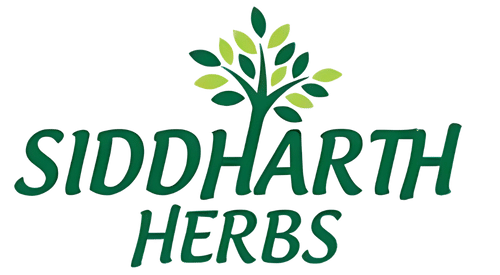Blog
Analysis of Global Organic Hair Color Market Trends (2024-2025)

The global organic hair color market is poised for a remarkable transformation, driven by an escalating consumer desire for safer, healthier, and eco-friendly beauty solutions. As individuals increasingly discard synthetic hair dyes laden with harsh chemicals such as ammonia, they find solace and satisfaction in organic alternatives that prioritize wellness and sustainability. This analysis explores the key drivers, emerging trends, challenges, and opportunities that will shape the organic hair color market from 2024 to 2025, while providing insights into consumer behavior and strategic recommendations for stakeholders.
Market Overview
The organic hair color market is riding a wave of growth, projected to reach a market size of approximately USD 2.5 billion by 2025, reflecting a compound annual growth rate (CAGR) of 12.5%. This surge in demand can be attributed to consumers’ growing awareness of the adverse effects associated with conventional hair color products and a collective shift towards products that align with their health-conscious values.
Key Drivers of Market Growth
- Consumer Demand for Natural Ingredients: The migrant trend towards natural products is palpable, especially among millennials and Gen Z, who champion clean beauty. These consumers actively seek hair color solutions free from synthetic additives, cognizant of potential skin irritations or allergic reactions linked to traditional dyes. Their shift can be evidenced by a significant percentage of consumers favoring organic over synthetic options.
- Sustainability Trends: An increasing emphasis on sustainability has inspired brands to adopt eco-friendly practices across their product lines. Organic hair color products that utilize natural ingredients and sustainable packaging resonate with modern consumers whose purchasing decisions are heavily influenced by environmental considerations.
- Rise of E-commerce: The COVID-19 pandemic has fundamentally altered shopping behaviors, with a pronounced shift towards online platforms for purchasing beauty products. E-commerce has made it easier for consumers to access a wider variety of organic hair dyes and explore numerous brands, further stimulating market growth.
- Health and Wellness Consciousness: Today’s consumers are more educated and discerning about product formulations. They are increasingly inclined to choose hair color solutions that prioritize hair health, opt for nourishing components, and minimize chemical exposure.
- Customization and Personalization: There’s a pronounced demand for tailored beauty solutions that accommodate individual hair types, preferences, and skin tones. This trend has prompted brands to invest in personalized color formulations and innovative technology to deliver customized products.

Emerging Trends
1. The Ascendance of DIY Organic Hair Color Products
The rise of DIY beauty was notably accelerated by the pandemic, as individuals sought at-home beauty treatments, including hair coloring. Consequently, the demand for user-friendly, organic hair color kits designed for home application has surged. Brands recognize this opportunity and are enhancing their offerings to provide high-quality results that rival professional salon treatments.
2. Increased Demand for Vegan and Cruelty-Free Options
Consumer consciousness surrounding animal welfare is on the rise. Brands that obtain vegan and cruelty-free certifications are quickly gaining traction in the market, appealing strongly to ethically-minded consumers who seek products that maintain moral integrity.
3. The Push for Customization and Personalization
As consumers embrace individuality, the call for personalized hair color solutions continues to grow. Brands are harnessing technology to offer bespoke formulations that cater specifically to a consumer’s hair type and color preferences, often facilitated through interactive online quizzes or consultations.
4. Aesthetic Appeal in Packaging
While high-quality formulations are crucial, attractive packaging increasingly influences purchase decisions, especially among younger consumers. Brands investing in aesthetically pleasing, eco-friendly packaging stand to capture greater market interest and elevate their brand visibility.
5. Multi-Functional Products
Consumers in today’s beauty market favor products that serve dual purposes. Hair color solutions that also nourish or protect hair are likely to resonate with health-conscious buyers seeking streamlined beauty routines.
Competitive Landscape
The organic hair color market is vibrant and competitive, featuring established beauty giants as well as emerging startups. Key players include:
– L’Oréal: A market leader that continually innovates in the organic segment, expanding its offerings to meet the growing demand for natural ingredients.
– Wella: Known for its professional-grade products, Wella has introduced organic options that appeal to both salons and home users.
– Naturtint: A pioneer in organic hair color, Naturtint is recognized for its vegetable-based formulations free from harsh chemicals.
– Madison Reed: With a strong digital presence, Madison Reed provides personalized hair color solutions that cater to the modern consumer’s needs.
– Herbatint: Committed to herbal formulations, Herbatint delivers diverse hair color options that align with contemporary consumer health trends.
Strategies for Success
- Innovative Product Development: Stakeholders must invest in research and development to continue introducing novel organic formulations that meet evolving consumer preferences.
- Effective Marketing: Establishing narratives around ethical sourcing and organic integrity can significantly revamp brand loyalty and justify premium pricing.
- Sustainability Practices: Committing to sustainable practices not only enhances brand reputation but also appeals to a growing segment of eco-conscious consumers.
Consumer Behavior Insights
Demographics
Understanding target demographics is crucial for market penetration:
– Millennial and Gen Z Influence: These generations prioritize health and sustainable practices in their purchasing journeys, making them instrumental in steering market trends. – Gender Inclusivity: The market is seeing a broader focus on unisex products that appeal to a diverse customer base.
Purchase Motivations
Factors influencing purchase decisions include:
– Brand Ethics: Transparency in sourcing and ethical practices is critical. Consumers gravitate towards brands genuinely committed to sustainability.
– Community Engagement: Engaging customers through social media and facilitating discussions around product use enhances brand affinity and community building.
Challenges and Opportunities
Challenges
- Market Saturation: As organic hair color products gain popularity, distinguishing brands in an oversaturated market becomes increasingly challenging.
- Consumer Skepticism: Misinformation regarding what constitutes “organic” can deter potential buyers, highlighting the need for transparent marketing and consumer education.
Opportunities
– Global Expansion: Emerging markets represent untapped potential, with growing consumer interest in wellness-oriented products. – Influencer Collaborations: Partnering with trusted beauty influencers can broaden market exposure and foster consumer trust. – Social Responsibility: Brands that embrace social responsibility and ethical practices will likely resonate with a conscientious consumer base.
Conclusion
The organic hair color market stands on the precipice of significant innovation and growth. As consumers increasingly seek health-focused, sustainable beauty options, brands that prioritize customization, transparency, and effective marketing strategies are well-positioned to lead the charge into a greener, more ethical beauty landscape. Stakeholders must remain attuned to the evolving dynamics of consumer behavior, continuously innovating to meet the demands of a discerning audience.
By embracing these trends and aligning their operations with the principles of sustainability and ethical responsibility, companies can solidify their presence and success in this vibrant market, nurturing a faithful consumer base and fostering enduring relationships built on trust and quality.
—
Company Contact Information:
Siddharth Herbs G-26, 3rd Phase,
Industrial Area Sojat City, Dist. Pali,
Rajasthan
Phone: +91 74148 20911
Email: [email protected]
Website: siddharthherbs.com

